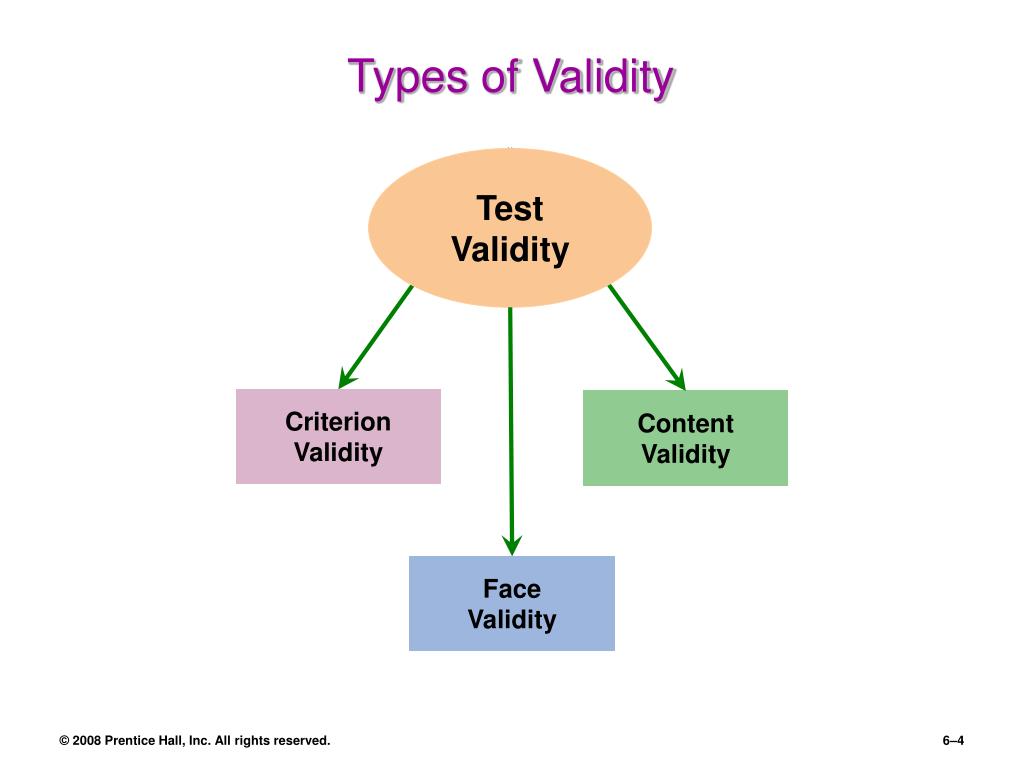


If you are interested in taking the BFI yourself, please visit this website, where you can take an online version of the scale that gives you instant feedback. Where do I get the Big Five Inventory (BFI)? It is quite brief for a multidimensional personality inventory (44 items total), and consists of short phrases with relatively accessible vocabulary. Conclusions: These results showed that the satisfactory psychometric properties of the Chinese version of BFI with modifications suggesting that the Chinese translation of the abbreviated 29-item BFI could be a useful and practical tool in measuring personality traits among Chinese adults had a smoking habit.The Big Five Inventory (BFI) is a self-report inventory designed to measure the Big Five dimensions. The four requirements of convergent and discriminant validity of the reduced 29-item BFI were met. All the correlations of the five personality traits with perceived health were in the expected directions and statistically significant except openness to experience. Women scored significantly higher in neuroticism and lower in openness to experience. The reduced 29-item BFI had internal reliability estimates ranged from 0.69 for agreeableness to 0.81 for neuroticism. Results: Confirmatory factor analyses revealed that the five-factor structure provided an acceptable fit after removing 15 items which did not contribute to their corresponding factors. The convergent and discriminant validity of the reduced version of BFI was compared to the original version using the mulittrait-multimethod matrix approach.

The factor structure of the BFI was assessed by confirmatory factor analysis, reliability by Cronbach alpha and concurrent validity by personality scores by gender and relationship with perceived health. A total of 480 (41%) participants completed the survey and 439 questionnaires without missing were analysed. Participants completed a questionnaire including the 44-item BFI and perceived health status.

Methods: 1173 Chinese smokers who had received smoking cessation intervention at a smoking cessation health centre in Hong Kong from 21 August 2000 to January 2002 were followed-up by telephone between February and August 2008. Tiousness, neuroticism and openness to experience in adults who had a smoking habit. The objective of this study was to evaluate the factor structure and reliability of a Chinese version of the Big Five Inventory (BFI) for assessing the five personality dimensions of extraversion, agreeableness, conscien. Examination of associations between personality traits and behaviours in smoking and cessation will guide the development of effective preventive and cessation interventions. Background: Some personality traits were found to be relevant to engagement in smoking.


 0 kommentar(er)
0 kommentar(er)
